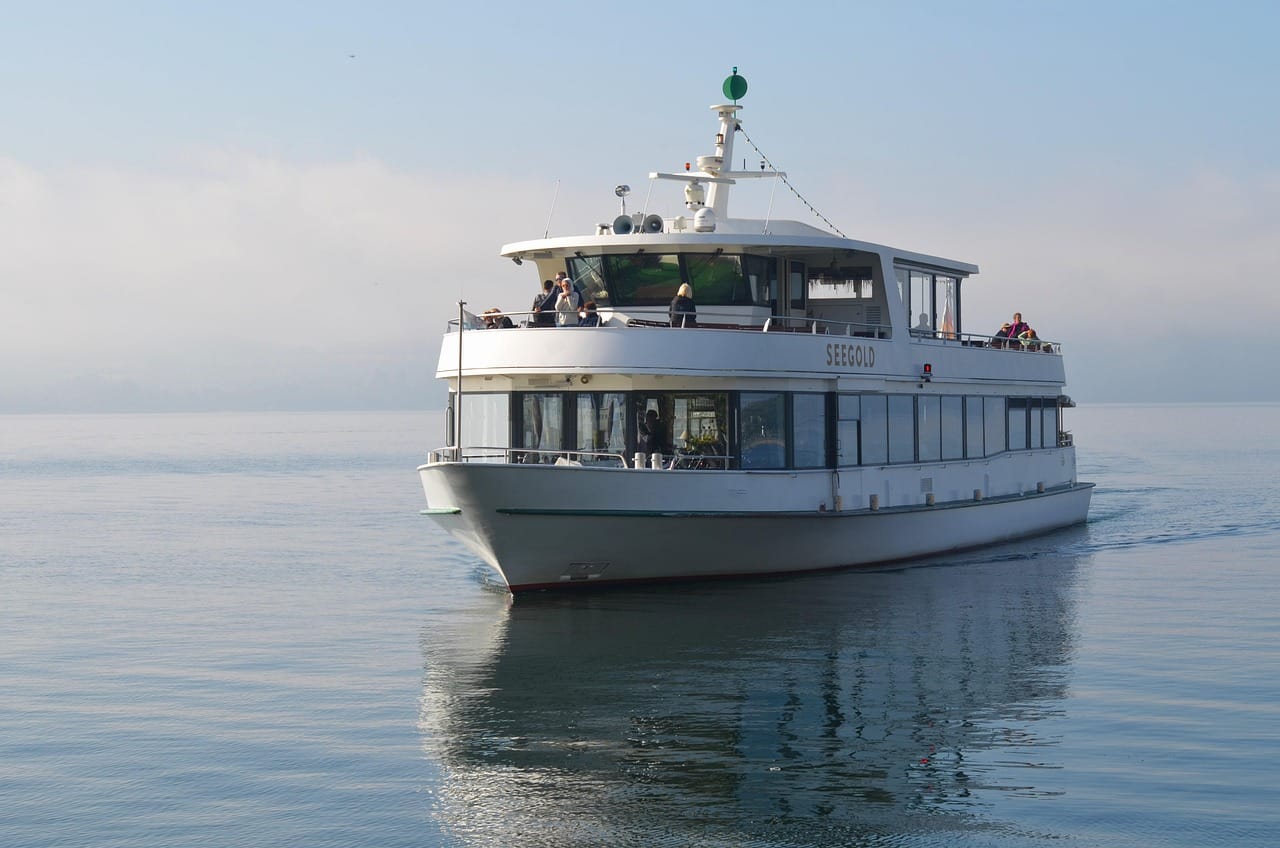Family travel: the words conjure up images of laughter, adventure, and memories that will last a lifetime. But let’s be honest, it can also spark a flicker of stress. Planning a trip that caters to everyone from toddlers to teenagers (and the adults in between!) requires careful thought and strategic planning. This guide provides the essential information needed to transform your family travel dreams into reality, covering everything from budgeting to destination selection, ensuring a smoother, more enjoyable experience for all.
Planning Your Perfect Family Getaway
Planning a family vacation can seem daunting, but breaking it down into smaller steps makes the process manageable and even enjoyable. Thoughtful planning leads to a more relaxed and rewarding trip.
Defining Your Travel Style
- Budget Travelers: Embrace camping, cooking your own meals, and exploring free attractions like parks and beaches.
Example: Consider a national park road trip with a pop-up tent trailer.
- Luxury Seekers: Opt for all-inclusive resorts, private tours, and premium accommodations that cater to every need.
Example: Book a suite at a beachfront resort with a kids’ club.
- Adventure Enthusiasts: Choose destinations with outdoor activities like hiking, kayaking, and zip-lining.
Example: Explore the rainforests of Costa Rica or the canyons of Utah.
- Cultural Explorers: Focus on destinations rich in history, art, and local traditions.
Example: Visit historical sites in Rome or immerse yourselves in the vibrant culture of Kyoto.
- Relaxation Focused: Slow-paced, beach vacations, family-friendly cruises, or countryside escapes can be great options.
Example: Rent a house in the Outer Banks and relax on the beach.
Setting a Realistic Budget
- Accommodation: Research hotels, vacation rentals, or camping options that fit your budget and family size. Websites like Airbnb and VRBO can offer cost-effective alternatives to hotels, especially for larger families.
- Transportation: Factor in flights, train tickets, rental cars, gas, and public transportation. Booking flights well in advance or traveling during the off-season can significantly reduce costs.
- Food: Plan for meals, snacks, and drinks. Consider packing some of your own food to save money, especially for snacks and breakfasts.
- Activities: Look for free or discounted activities, such as visiting parks, museums on free days, or attending local events. Consider purchasing a city pass if you plan to visit multiple attractions.
- Miscellaneous Expenses: Include a buffer for unexpected expenses, such as souvenirs, laundry, or medical needs.
Choosing the Right Destination
- Age Appropriateness: Select destinations and activities suitable for all ages in your family. A toddler might enjoy a petting zoo, while a teenager might prefer a theme park or a museum.
- Interests: Consider everyone’s interests when choosing a destination. Do you all love beaches, history, theme parks, or outdoor adventures?
- Travel Time: Factor in travel time and potential jet lag, especially with young children. Consider shorter trips or direct flights to minimize stress.
- Safety and Health: Research the safety and health conditions of your destination. Check for travel advisories and any necessary vaccinations or health precautions.
- Example: A family with young children might choose a beach resort in Mexico, while a family with teenagers might opt for a European city with historical sites and cultural attractions.
Packing Smart for Family Trips
Packing for a family can feel like a logistical nightmare, but with a strategic approach, you can minimize stress and ensure everyone has what they need.
Creating a Master Packing List
- Essentials: Include items like passports, visas, medications, travel documents, and insurance information. Keep these items in a safe and easily accessible place.
- Clothing: Pack versatile clothing items that can be mixed and matched. Consider the climate and activities you’ll be doing. Don’t forget essentials like socks, underwear, and pajamas.
- Toiletries: Bring travel-sized toiletries to save space and weight. Pack any necessary medications and a basic first-aid kit.
- Electronics: Don’t forget chargers, adapters, and any necessary electronics like tablets, phones, or cameras. Consider bringing portable chargers for long travel days.
- Entertainment: Pack books, games, or activities to keep everyone entertained during travel. Download movies or TV shows onto tablets for long flights or car rides.
- Example: For a beach vacation, you’ll need swimsuits, sunscreen, hats, sunglasses, and beach toys. For a hiking trip, you’ll need sturdy shoes, hiking gear, and insect repellent.
Involving Kids in Packing
- Give them Ownership: Let kids pack their own backpacks with toys, books, and snacks. This gives them a sense of ownership and responsibility.
- Age-Appropriate Tasks: Assign age-appropriate packing tasks, such as choosing their own outfits or packing their favorite stuffed animal.
- Check Their Work: Review their packing to ensure they have everything they need and haven’t forgotten anything important.
- Example: A 10-year-old can pack their own clothes, while a 5-year-old can pack their toys and books.
Packing for Different Ages
- Infants/Toddlers: Pack diapers, wipes, formula, baby food, bottles, and a portable crib or travel bassinet.
- Young Children: Pack favorite toys, books, and comfort items to help them feel secure in new environments.
- Teenagers: Pack electronics, headphones, and age-appropriate books or magazines. Ensure they have their own toiletries and personal care items.
Making Travel Easier with Kids
Traveling with kids can be challenging, but with the right strategies, you can make the experience smoother and more enjoyable for everyone.
Preparing for Travel Days
- Travel Snacks: Pack plenty of snacks and drinks to keep everyone satisfied during travel. Choose healthy options like fruits, vegetables, nuts, and granola bars.
- Entertainment: Bring books, games, tablets, or other entertainment to keep kids occupied during travel.
- Travel Games: Play travel games like “I Spy” or “20 Questions” to pass the time.
- Rest Stops: Plan frequent rest stops during road trips to allow everyone to stretch their legs and use the restroom.
- Example: Pack a small backpack with snacks, drinks, books, and a tablet for each child.
Managing Meltdowns and Tantrums
- Understand Triggers: Identify common triggers for meltdowns, such as hunger, tiredness, or boredom.
- Stay Calm: Remain calm and patient during meltdowns. Avoid getting angry or frustrated.
- Distraction: Try distracting the child with a new toy, book, or activity.
- Comfort: Offer comfort and reassurance to help the child feel safe and secure.
- Breaks: Take breaks from travel to allow everyone to relax and recharge.
Utilizing Travel Gear
- Strollers/Carriers: Use a stroller or carrier to transport young children through airports or crowded areas.
- Travel Pillows: Bring travel pillows to help everyone sleep comfortably during travel.
- Seat Organizers: Use seat organizers to store snacks, drinks, and entertainment items within easy reach.
- Example: A lightweight stroller can be a lifesaver for navigating airports with young children.
Activities and Entertainment for the Whole Family
Keeping everyone entertained is key to a successful family vacation. Tailor activities to suit different age groups and interests.
Age-Appropriate Activities
- Toddlers: Focus on simple activities like playing in the sand, visiting a petting zoo, or going to a playground.
- Young Children: Choose activities like visiting theme parks, museums with interactive exhibits, or going on nature walks.
- Teenagers: Opt for activities like visiting historical sites, going on adventure tours, or attending concerts or sporting events.
- Example: A family with young children might visit Disneyland, while a family with teenagers might go ziplining in Costa Rica.
Involving Everyone in Planning
- Brainstorming Sessions: Hold a family meeting to brainstorm ideas for activities and destinations.
- Voting System: Use a voting system to decide which activities to prioritize.
- Compromise: Be willing to compromise and incorporate activities that appeal to different family members.
- Example: Let each family member choose one activity for the trip.
Creating Lasting Memories
- Photo Albums: Create a photo album or scrapbook to document your family travels.
- Travel Journals: Encourage everyone to keep a travel journal to record their experiences.
- Souvenirs: Purchase souvenirs to remember your trip.
- Example: Take photos and videos throughout your trip to capture special moments. Write about your favorite parts of the trip in a journal each night.
Conclusion
Family travel is an investment in creating lasting memories and strengthening bonds. By planning strategically, packing efficiently, and choosing activities that cater to everyone’s interests, you can transform potential stress into an opportunity for fun, adventure, and unforgettable experiences. Embrace the journey, be flexible, and cherish the time spent together exploring the world as a family. The memories you create will last a lifetime.




